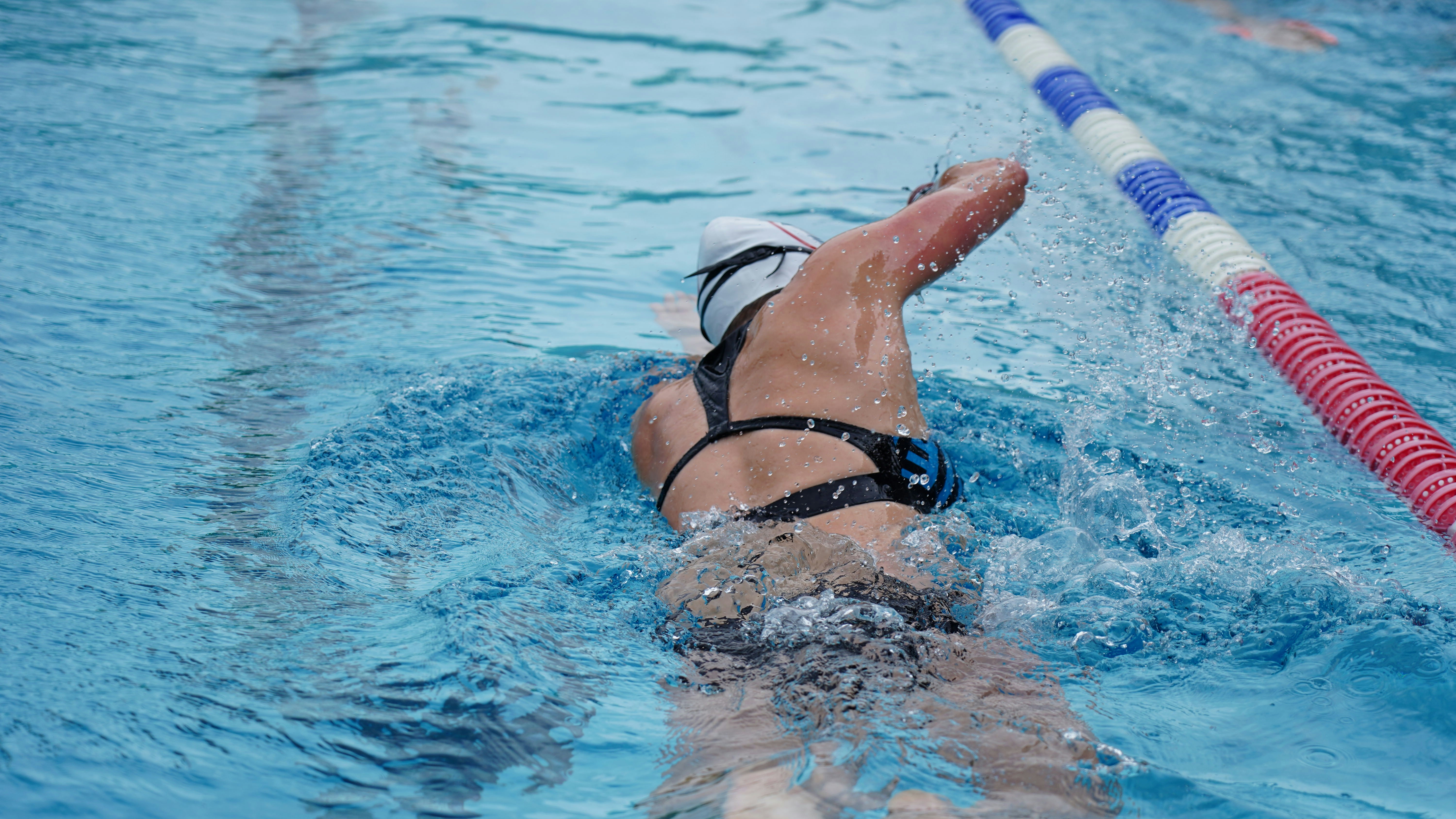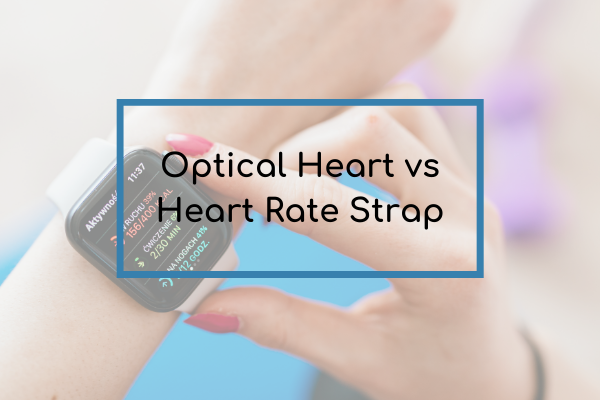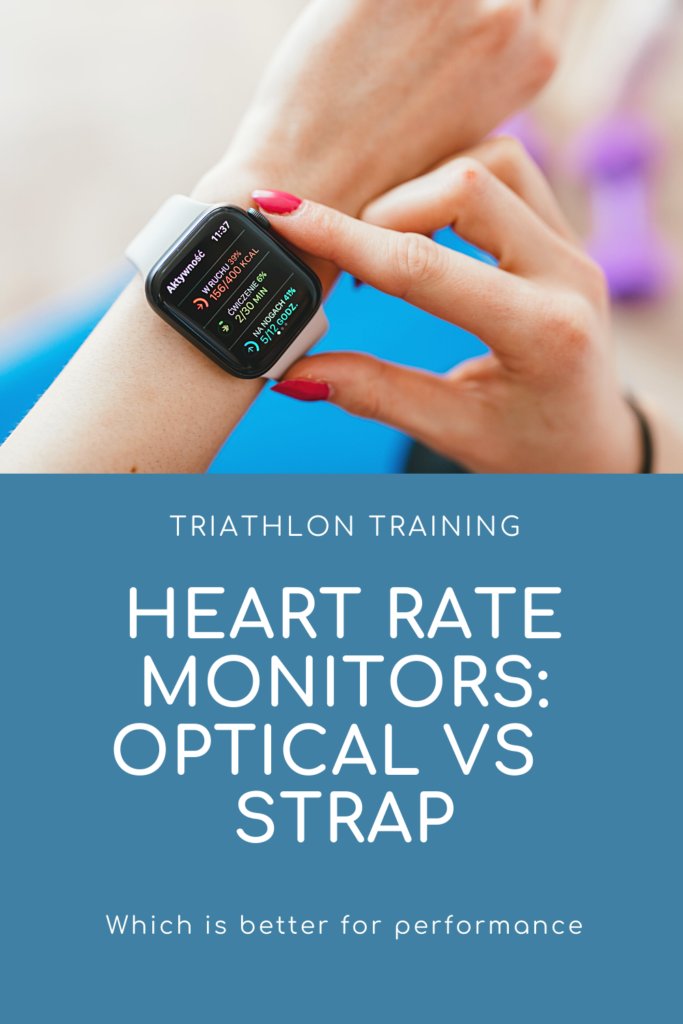

These days we have so many options for a heart rate monitor. Most watches come with an optical heart rate sensor that can be used instead of the old heart rate straps. Now we also have the option to buy optical heart sensors that you can wear on your arm, usually near the elbow. These optical heart rate sensors are very convenient and comfortable to use. However, with so much choice, you might find yourself wondering, “should I be using an optical sensor instead of a heart rate strap?”
First, let’s look at how each type of sensor works.
We will start with optical sensors. Most of them glean heart-rate data through “photoplethysmography” (PPG), or the process of using light to measure blood flow. Wearables with optical heart-rate monitors have small LEDs on their undersides that shine green light onto the skin on your wrist. The different wavelengths of light from these optical emitters interact differently with the blood flowing through your wrist. When that light refracts (or reflects) off your flowing blood, another sensor in the wearable captures that information. That data can then be processed, along with motion information detected by the device’s accelerometer, with algorithms to produce understandable pulse readings.
Heart rate straps work in a much different way. An elastic strap is worn around the chest with a transmitter connected to the strap. They use electrocardiography to record the electrical activity of your heart. This process requires electrodes, which live in the shiny, flat pad against the skin. That pad needs moisture, water or sweat to pick up any electrical signal (this is why it’s beneficial to wet the pads or use an electrode gel before you start). When you’re working out and sweating, the electrodes pick up the electrical signals given off by your heartbeat, and they send that information to the transmitter.
So what is the best to use when it comes to accuracy? Optical heart rate sensors have many issues that can affect their accuracy. The primary issue is how it’s worn. The sensor has to be tight against your skin. Also, skin tone, hair, moles, and tattoos cause problems with getting an accurate reading and can even prevent you from getting one at all. Temperature and moisture are also known to throw off the readings.
Now let’s look at placement. Most optical heart rate sensors are located inside the watch so obviously, they are worn on the wrist. This places the sensor roughly two feet away from the heart. This creates a delayed reaction. Optical heart rate sensor accuracy has been found to be off by as much as 14%.
Heart rate straps are placed across the chest, so they read electrical signals right from the heart. Because of this chest straps have been found to be 99% accurate or better when measured against an electrocardiograph.
The heart rate strap is not the most comfortable. This is the main reason why many people switch to using optical heart rate sensors.
When it comes to choosing a heart rate monitor what matters most for many athletes is accuracy. As you can see if you want accuracy when training then the heart rate strap is the far better option.
READ MORE: HOW TO BUILD BASE TRAINING, TRIATHLON


Carly and Tyler Guggemos built Organic Coaching in 2014 with a simple philosophy that works. The idea is to take what you have and grow it to get faster, fitter and stronger. And to do it with the time you have – not the time you wish you had.

For athletes who are ready to take their training to the next level while still thriving and succeeding in their professional and family life.
Copyright © 2024 Organic Coaching LLC